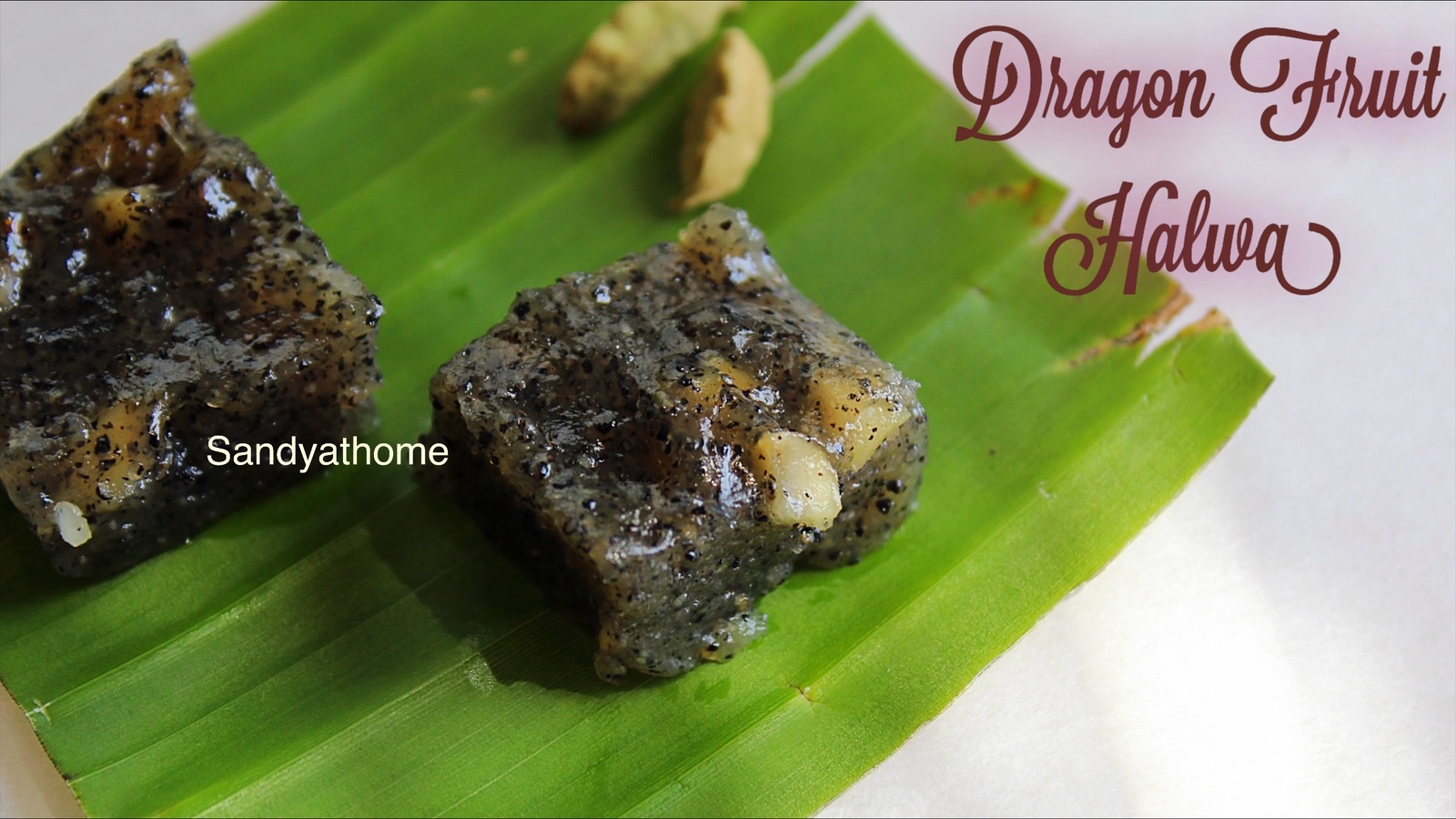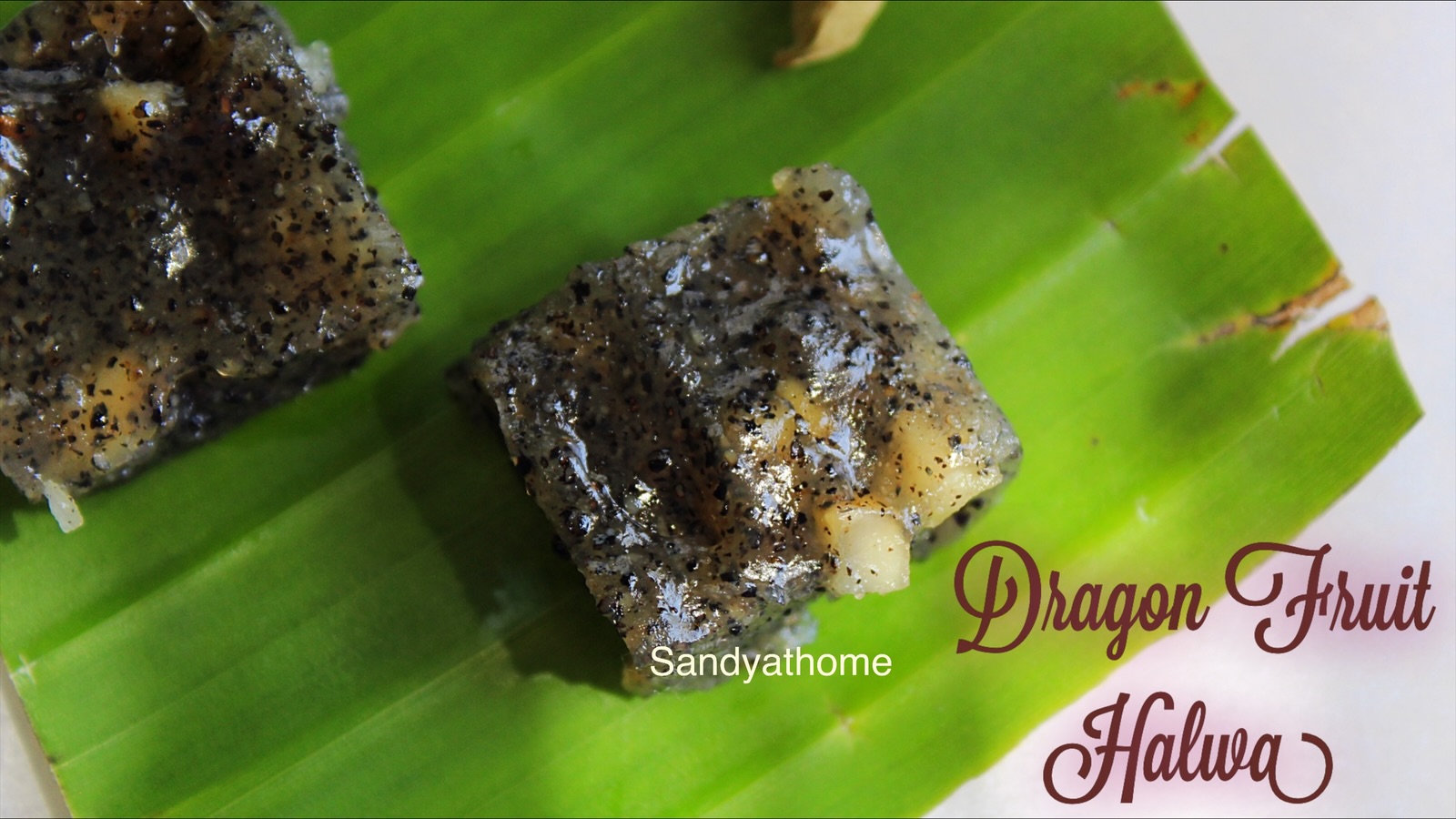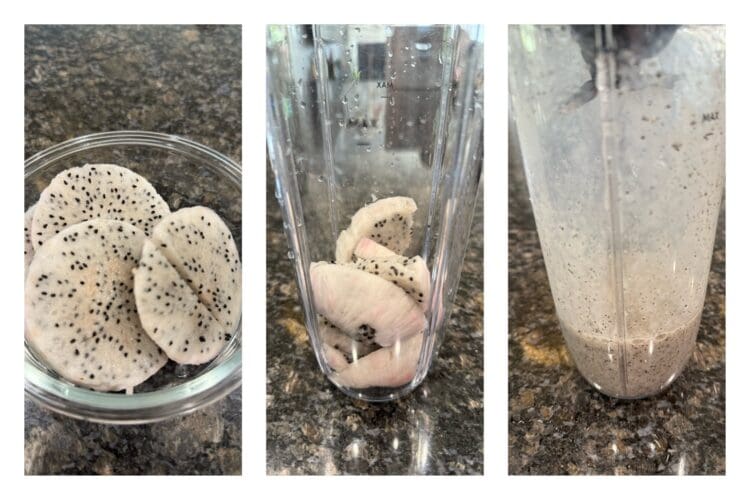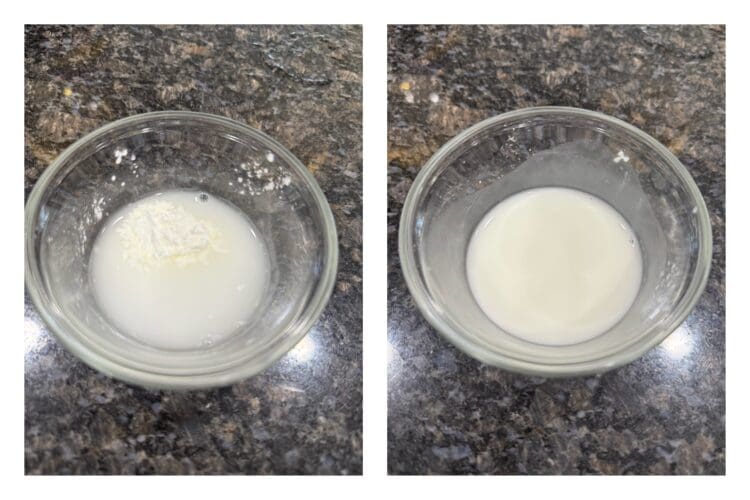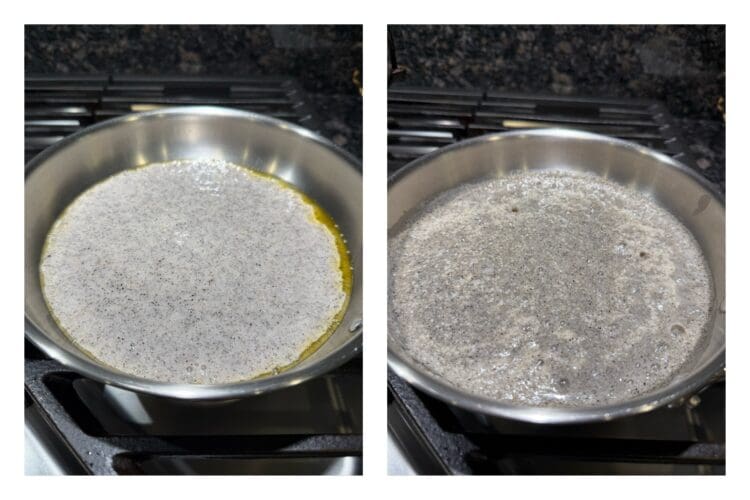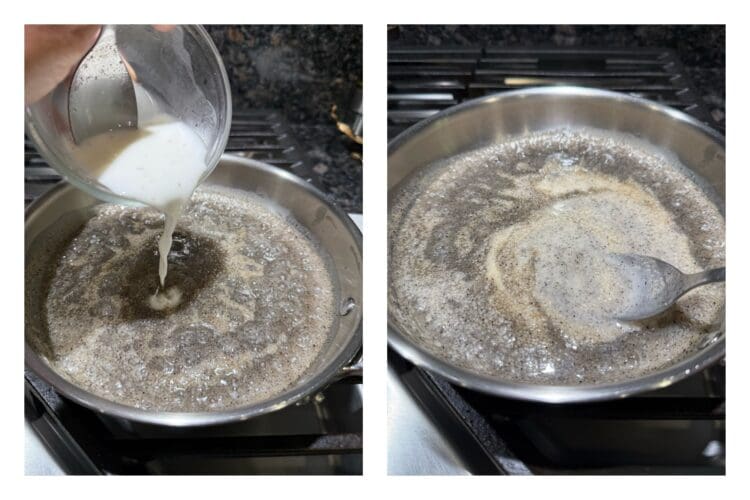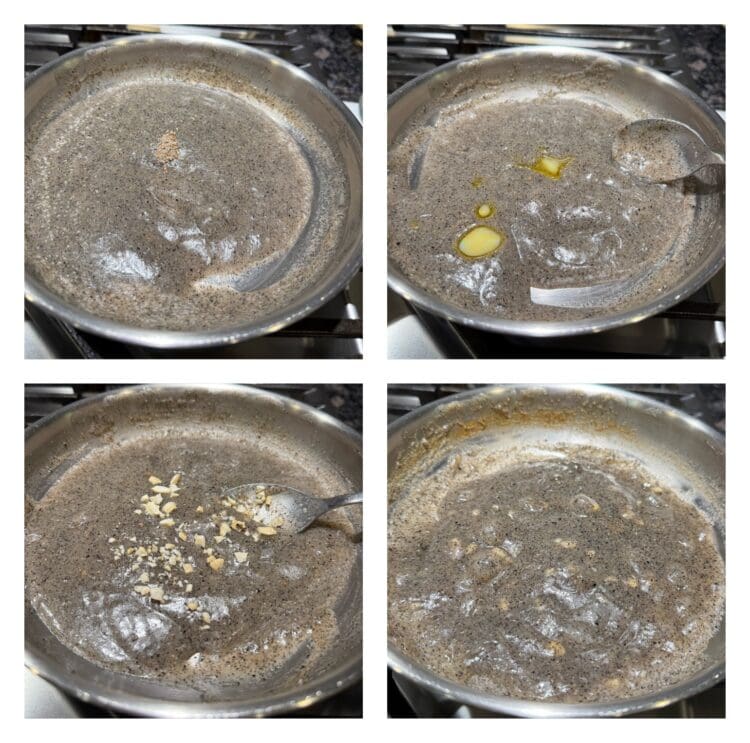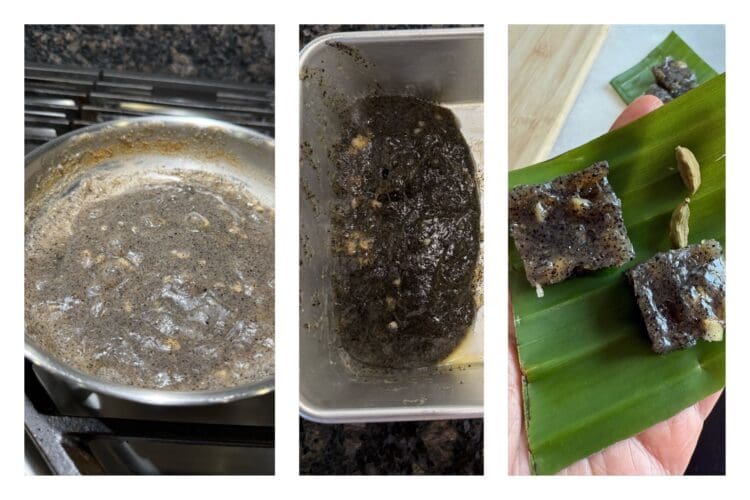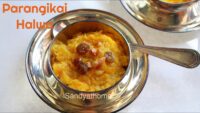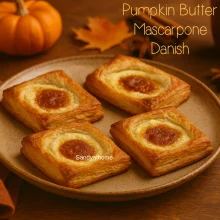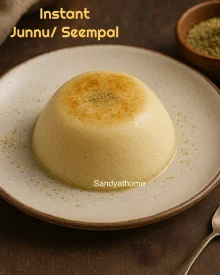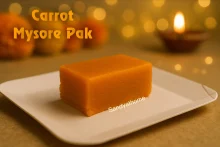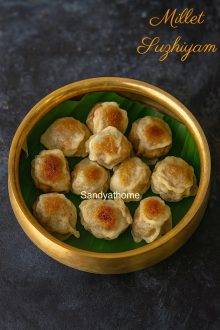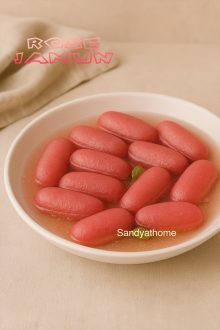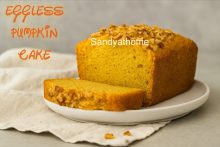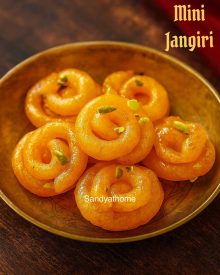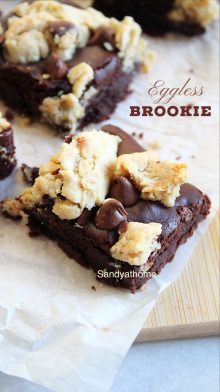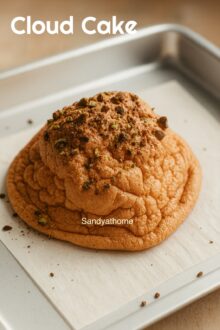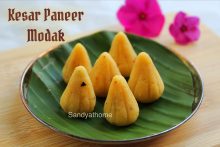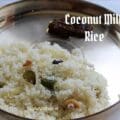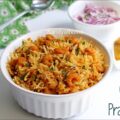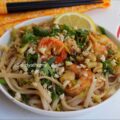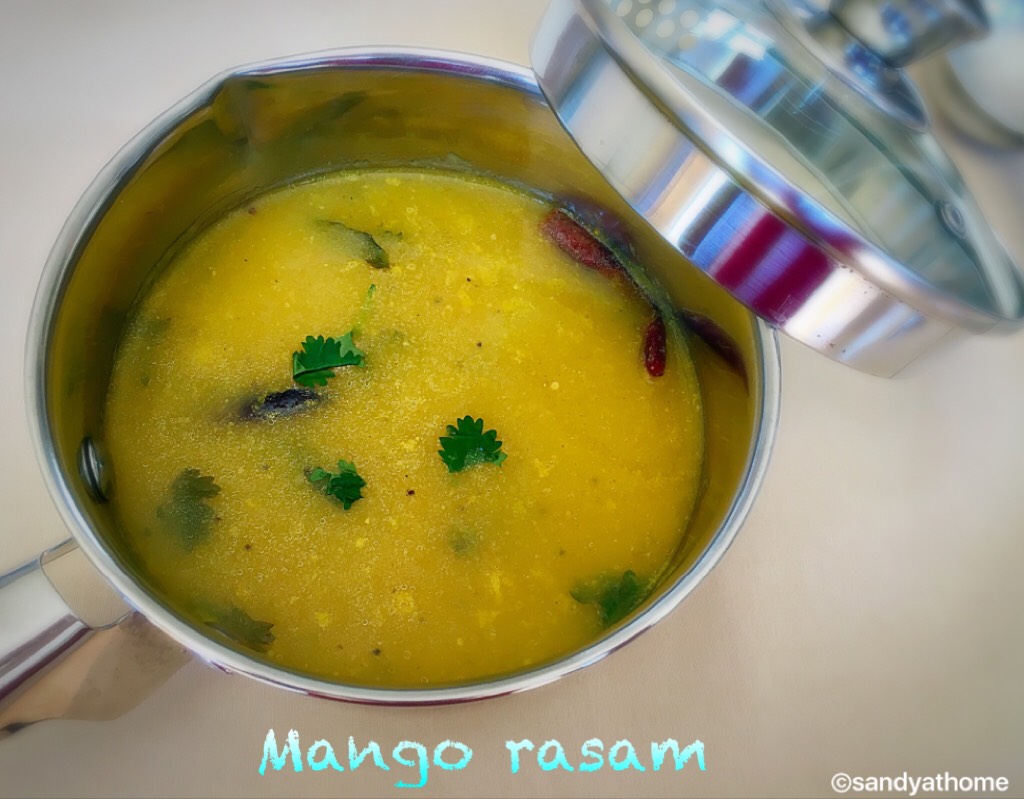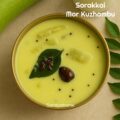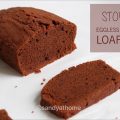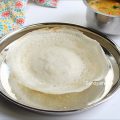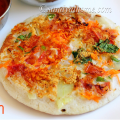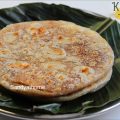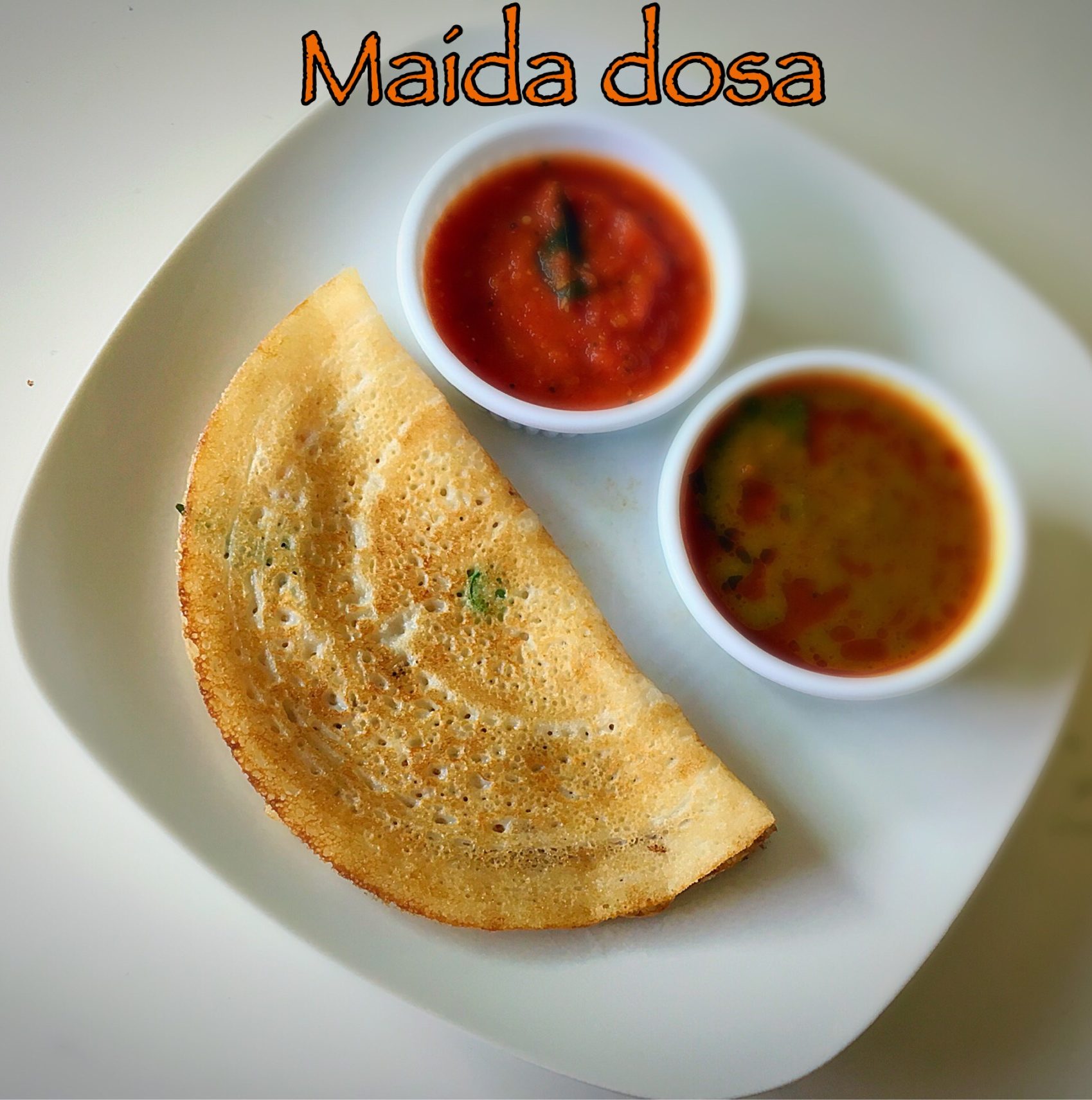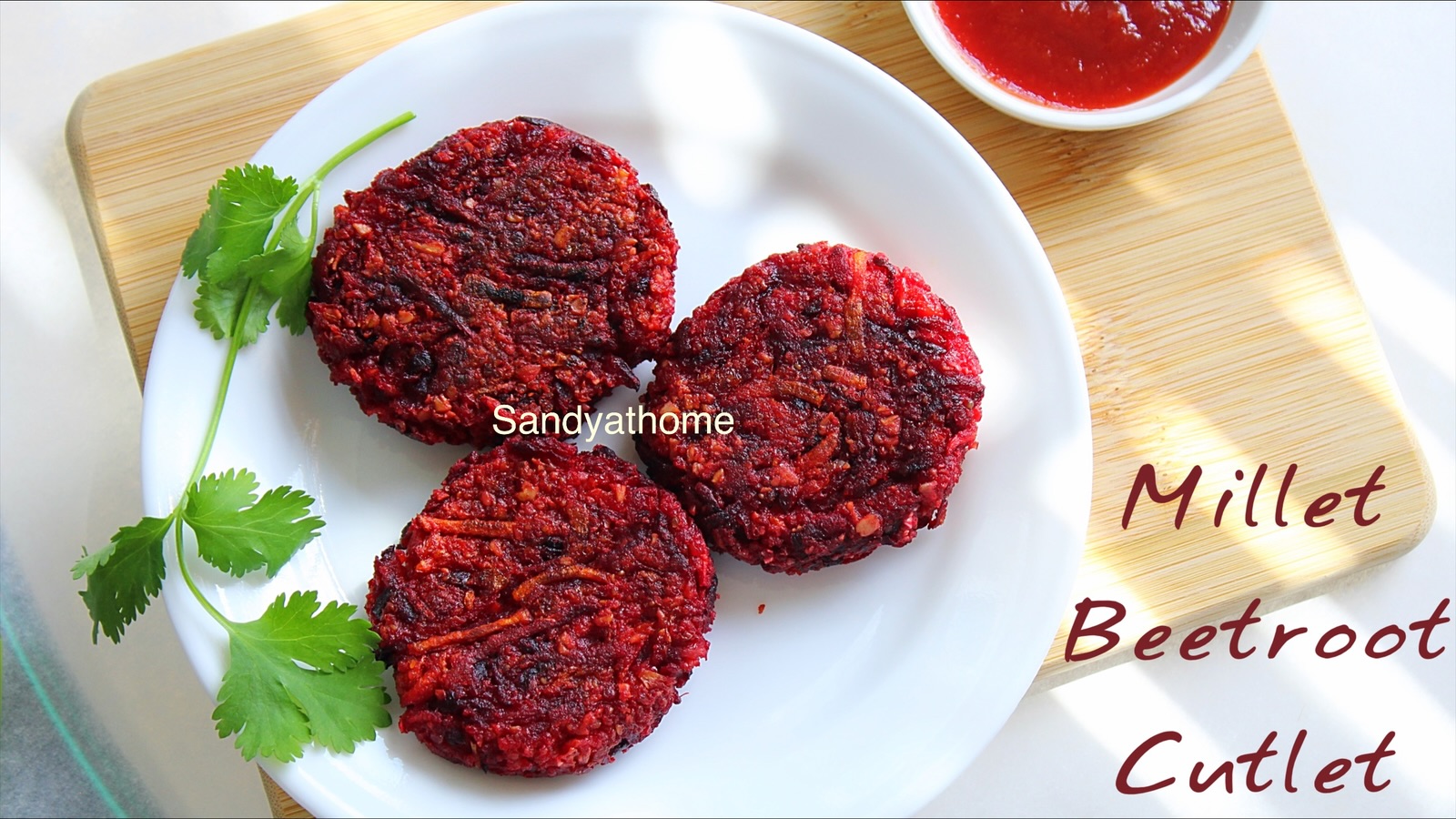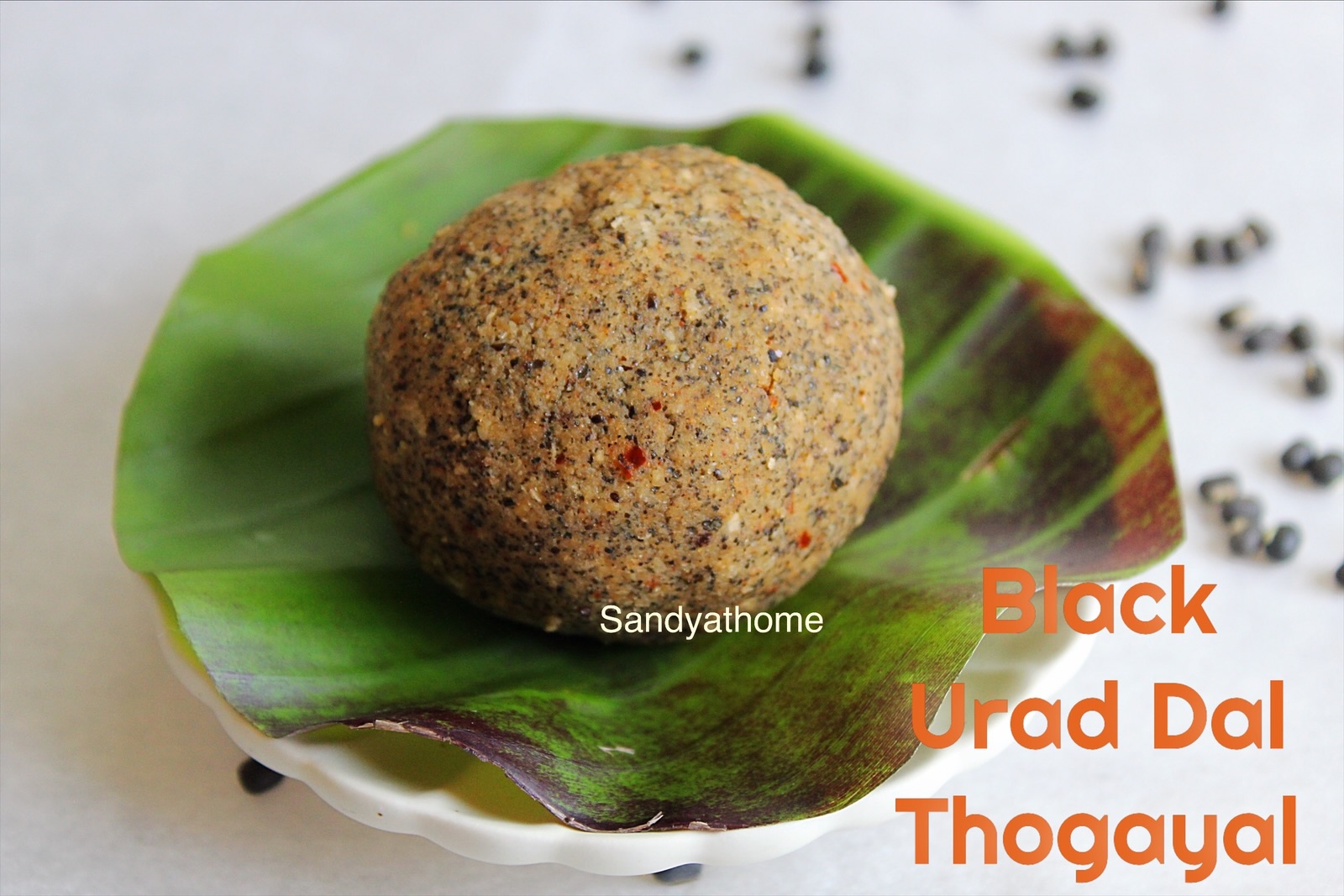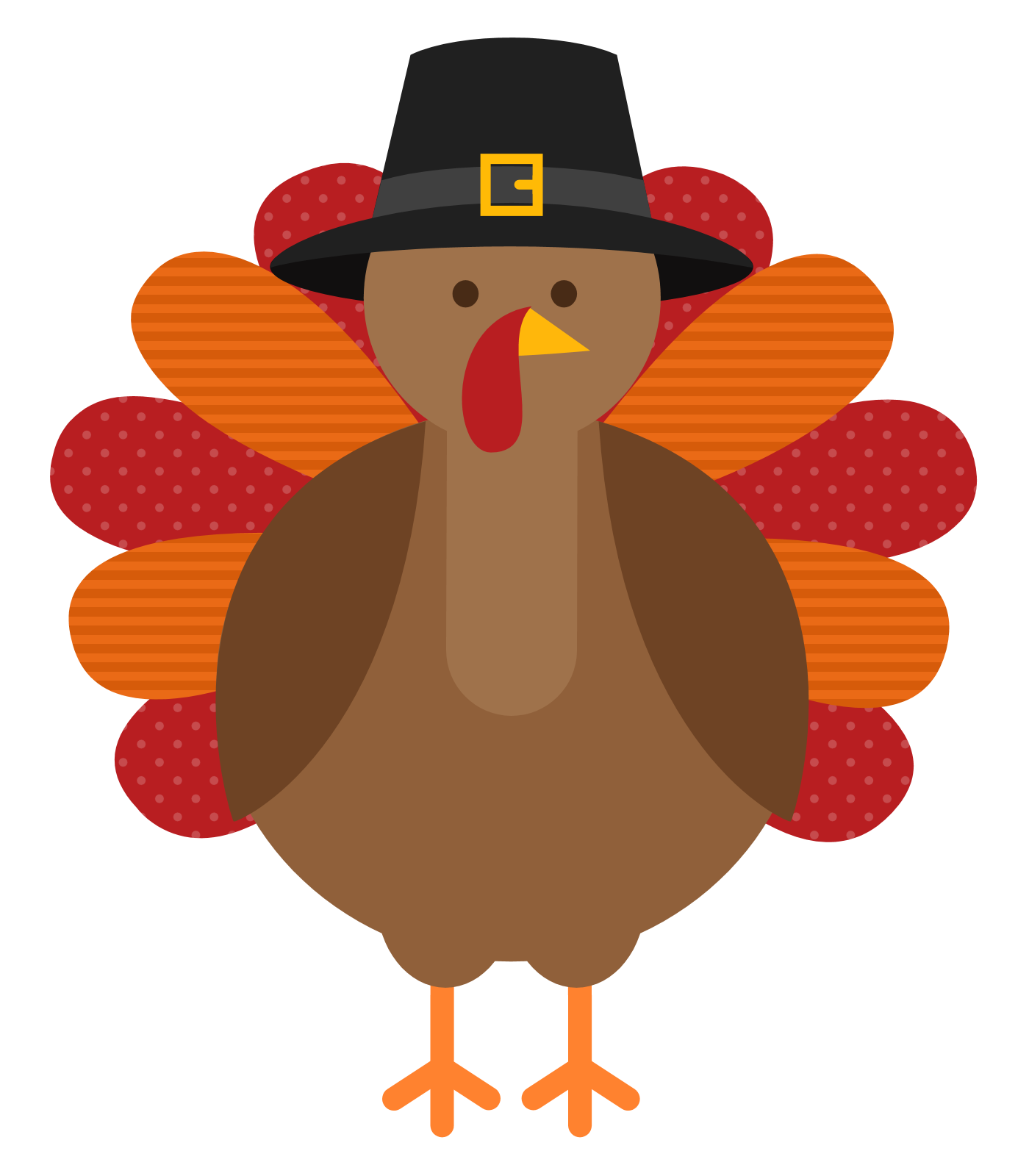This dragon fruit halwa recipe made with cornflour, sugar, and ghee is a refreshing fusion of tradition and tropical flavor. Lightly sweet, jelly-like, and speckled with dragon fruit seeds, it sets beautifully into squares — perfect for gifting, festivals, or when you crave a quick, sliceable Indian mithai.
© Sandyathome by Sandhya Riyaz Ahmed. All content, images, and recipes are original and strictly protected.
Reproduction, copying, or rephrasing in any form is not permitted.
If you’ve ever searched for an easy cornflour halwa, a tropical Indian dessert, or a fruity sweet without condensed milk, this one is for you. It’s naturally colored (if you use red dragon fruit) or soft and elegant with white fruit — a blank canvas for rustic plating and revival charm.
At Sandyathome, this idea isn’t new. Years ago, I made a Tomato Halwa — a sweet, tangy, slightly unusual dish that became one of my early experiments in revival-style cooking. That halwa taught me one thing: fruit doesn’t need to be exotic to shine — it just needs ghee, patience, and a spoon.
A Bite of History
Fruits have always held a place in ancient Indian cooking — not as garnish or afterthoughts, but as central ingredients in sweets, offerings, and ayurvedic blends. From mashed bananas with honey offered in temples, to sun-dried jackfruit cooked into thick puttu or sweetened mango thuvaiyal served at seasonal feasts, fruits were revered for their natural sweetness, cooling energy, and regional richness.
Back then, there was no sugar or refrigeration, yet every fruit was celebrated — steamed, pounded, sun-dried, or stirred with jaggery and ghee.
In this halwa, we carry that memory forward.
By blending dragon fruit — a modern, cooling tropical fruit — with ghee, cardamom, and cornflour, we’re not inventing something new.
We’re modernizing a timeless truth: that fruits belong in our sweets, not just for color, but for comfort, cooling, and revival.
Ingredient Roles in Dragon Fruit Halwa
| Ingredient | Role in Recipe |
|---|---|
| Dragon fruit pulp | Cooling base, speckled look, naturally mild flavor |
| Cornflour | Gives the halwa its soft, jelly-like structure |
| Sugar | Sweetener, helps the halwa set and shine |
| Ghee | Richness, aroma, and gloss |
| Cardamom powder | Traditional halwa flavoring |
| Cashews | Adds bite and halwa-like crunch |
You May Also Like these Recipes:
Directions to make Fruit Halwa with step by step images
- Prepare the Dragon Fruit:
Peel the dragon fruit, slice the flesh into cubes, and add it to a blender. Grind into a smooth pulp — no need to strain, as the tiny black seeds add texture and visual appeal to the halwa.
- Make cornflour slurry:
In a bowl, mix ¼ cup cornflour with 4 to 5 tbsp water until smooth.
- Heat ghee and fruit:
In a heavy pan, add 1 tbsp ghee. Pour in the dragon fruit pulp and cook on medium-low for 2–3 minutes.
- Add sugar:
Add sugar and stir until it dissolves into the fruit mixture.
- Pour in slurry:
Add the cornflour slurry while stirring constantly. Lower the flame to avoid lumps.
- Cook, Thicken, and Flavor the Halwa
Keep stirring the mixture on medium heat. It will gradually turn glossy, thicken, and begin to leave the sides of the pan. Once it reaches this stage, add cardamom powder, the remaining ghee and broken cashews. Stir well until everything is fully combined and the halwa looks shiny and cohesive.
- Set, Cool, and Slice
Pour the halwa into a greased tray or steel plate. Flatten the top evenly with a spoon or spatula. Let it cool and set for 2–3 hours at room temperature. Once firm, slice into squares and relish.
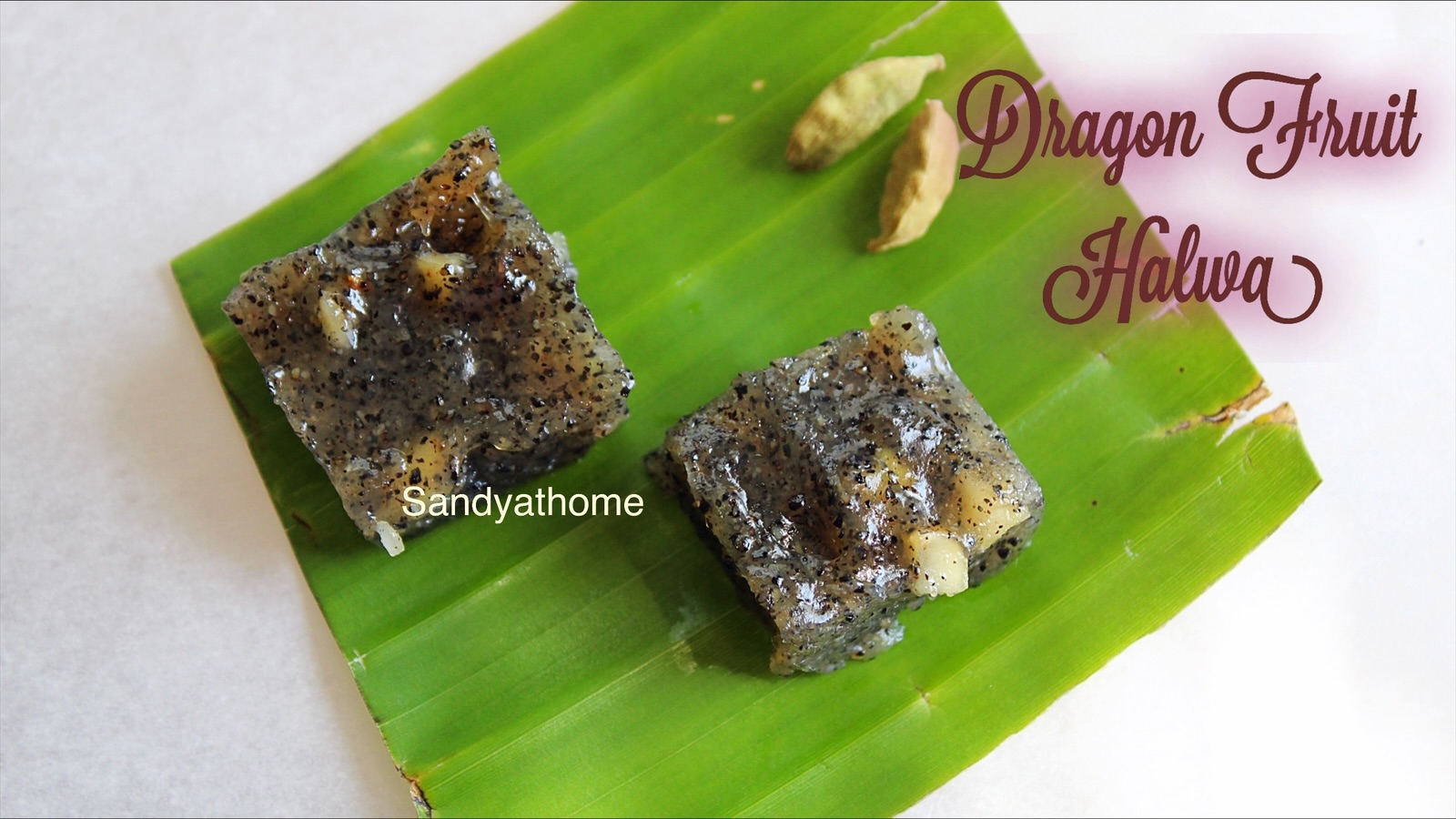
Pro Tips to make best Dragon Fruit Halwa
- Use fully ripe dragon fruit for a smoother texture and natural sweetness.
- Keep stirring after adding the cornflour slurry to avoid lumps and get a glossy finish.
- For a firmer, sliceable halwa, use less water in the slurry as mentioned.
- Always cook on low to medium flame to prevent scorching and get even thickening.
- Let it cool completely before slicing to get clean cuts and avoid stickiness.
Serving Suggestion
- Can be enjoyed warm or at room temperature.
- Pair with a cup of herbal tea or thinai paal (millet coconut milk) as part of a revival-style meal.
FAQ – Dragon Fruit Halwa
Yes! This dragon fruit halwa is completely dairy-free except for ghee, and has no milk or condensed milk. It uses cornflour and fruit pulp for texture, making it naturally light and cooling.
To make a firm, sliceable halwa, use the right cornflour-to-liquid ratio (¼ cup cornflour with 4–6 tbsp water), stir constantly, and cook until the mixture leaves the sides of the pan and turns glossy.
Yes. Once set and sliced, store in an airtight container in the refrigerator for 4–5 days. Let it sit at room temperature for 10 minutes before serving for best texture.
Dragon fruit is mildly sweet but not enough to sweeten halwa on its own. This recipe uses organic cane sugar for balanced sweetness and structure.
If you’re following a fast that allows fruit, ghee, and cornflour, this halwa is suitable. Just avoid cardamom if spices are restricted.
Yes! This dragon fruit halwa is completely dairy-free except for ghee, and has no milk or condensed milk. It uses cornflour and fruit pulp for texture, making it naturally light and cooling.
Halwa Recipes
How to make Ancient Ragi Milk Halwa, Keppai Paal Halwa
A soft, ghee-rich ragi halwa once made in Tamil Muslim homes after Bakrid — this revival sweet is slow-cooked from freshly extracted millet milk and meant to be savored, not sliced.
Parangikai Halwa with Coconut Milk, How to make Pumpkin Halwa
A soft, golden halwa made with yellow pumpkin, thick coconut milk, and organic cane sugar — this revival-style sweet is inspired by Tamil fasting traditions and temple offerings, perfect for vratham days, prasadam, or a comforting vegan dessert.
Sweets & Desserts
Pumpkin Butter Mascarpone Danish, How to make Pumpkin Butter Danish
Flaky puff pastry filled with a creamy blend of pumpkin and mascarpone, baked until golden and irresistible — the perfect cozy fall treat for National Pumpkin Day!
Instant Junnu Recipe, How to make Instant Kharvas
A quick and nostalgic Indian milk pudding made using instant Junnu powder, raw milk, and cardamom — no colostrum needed! This gently steamed dessert sets into a soft, wobbly texture and tastes just like home, without the overpowering aroma of traditional kharvas.
Carrot Mysore Pak, How to make Ghee Carrot Mysore Pak
Soft, melt-in-the-mouth Carrot Mysore Pak made with fresh carrot puree, roasted besan, sugar, and ghee. A festive twist to the traditional Mysore Pak that’s rich, aromatic, and naturally hued — perfect for Deepavali celebrations.
Millet Suzhiyam, How to make Millet Suyyam
Celebrate Diwali the wholesome way with this Thinai (Foxtail Millet) Suzhiyam / Suyyam — a golden, crisp festive sweet filled with soft jaggery-chana dal goodness. This healthy twist keeps all the traditional flavor while swapping maida for nutritious millet flour.
Rose Jamun, How to make Paneer Rose Jamun
Paneer Rose Jamun is a delightful twist on the classic rasgulla — made fresh from curdled milk (chenna) and flavored with fragrant rose syrup. Each piece is soft, juicy, and blush-pink in color, soaked in a sweet rose-cardamom syrup that fills your kitchen with a festive aroma. Perfect for Diwali, Holi, or any celebration where you want homemade mithai magic!
Eggless Pumpkin Cake, How to make Pumpkin Cake
Soft, moist, and warmly spiced, this Eggless Pumpkin Cake melts in your mouth with a tender crumb and a cozy hint of cinnamon and nutmeg.
Mini Jangiri, How to make Mini Imarti
Mini Jangiri made with urad dal and a pinch of turmeric for natural color — golden, syrupy, and perfectly festive in every bite.
Eggless Brookie, How to make Eggless Brookie
Eggless brookies combine the best of both worlds — a chewy cookie top with a fudgy brownie base. With a shiny crinkle crust and gooey center, these bars are the perfect indulgence for chocolate lovers.
Viral Cloud Cake, How to make Vanilla Cloud Cake
A light, fluffy cloud cake made with just egg whites, sugar, and a hint of vanilla, finished with a pistachio crunch — a flourless viral dessert that melts in your mouth.
Kesar Paneer Malai Modak, How to make Kesar Paneer Modak
These Kesar Paneer Modaks are rich, creamy, and infused with saffron and brown sugar for a caramel twist. Made with paneer, milk powder, and milk, this no-khoya recipe is quick, easy, and perfect as prasad during Ganesh Chaturthi or as a soulful Indian dessert.
